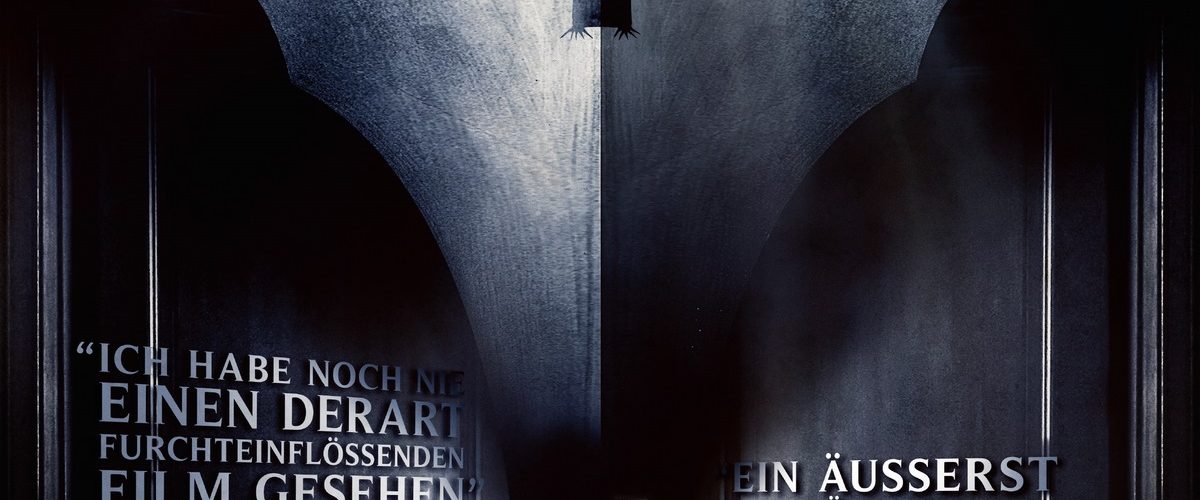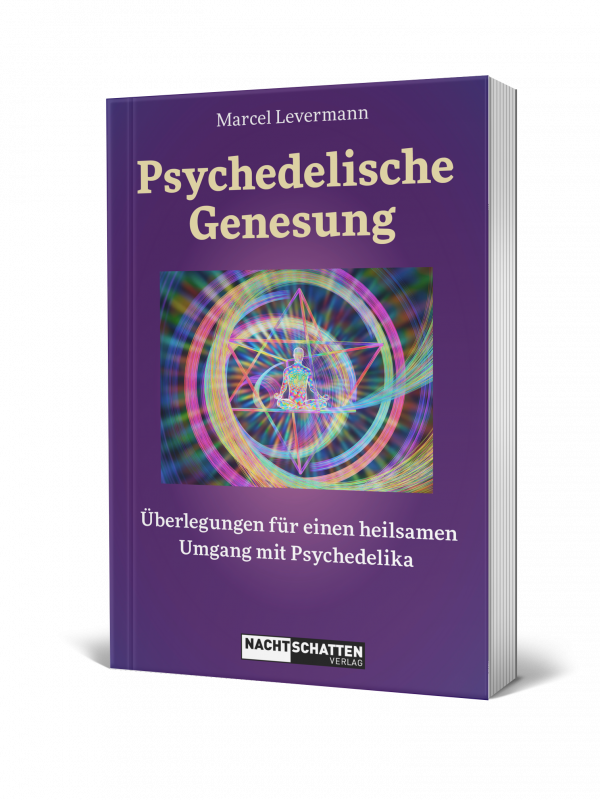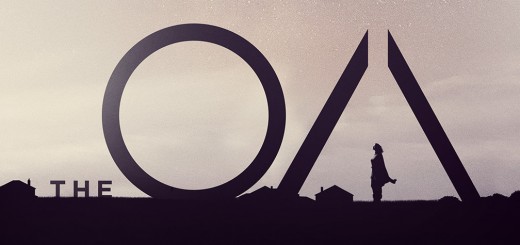The Babadook: The immediacy of the symbol (explanation)

The Babadook is probably the best horror movie 2014. He is at least the most loving. His story is about the love of a mother to her child and the love of the child to the mother. The plot is a symbolic-analogical, representative-visual-auditive translation of what happens in the subconscious mind of the protagonist. Horror movies especially scare us when they touch something deep in the psyche that worries us, in contradiction to our conscious ideals. It is not the creepy image on the screen that scares us, but the identification with the creepy image. Every loss of our desired and usual everyday reality has something uncanny. The uncanny is what we want in secret, which still stands out. It is what we want to control, but ultimately controls us. In this respect, every horror movie is a metaphor for our mental deficiencies. In the usual movies of this genre this circumstance is realized in individual scenes or plot structures: The Helloween series for example stands for the fact that there are threats, which seem to never be overcome, like Michael Myers or zombies always rise again. Globally, Michael Myers is an earthquake, a tidal wave or a plane crash. Individually, Michael Myers is the dramatic relationship end, job loss, or simply a chronic mental disorder. And in terms of inner psychology – and here the horror is really beginning – Michael Myers is a symbol of our phobias, alienations, disturbances and self-deprivation. Whether in Alien, Shining, The Birds or the Evil Dead, it is always about the other, which we want to escape but can not escape. Films that are parables for the sinister other in us.
The Badabook puts the allegory of the horror genre to a new level. Here no longer certain circumstances or individual scenes are equivalent to our personal fears. There is no parable that can be generated by interpretation. Rather, the entire (!) plot directly visualizes the psychological circumstances of the protagonist. It is an introspection from the viewer’s viewpoint. Instead of a semantic transmission in the sense of the metaphor, a direct staging of the internal forces takes place. The images that we see are not symbols in the classical sense of the genre described above, but are the symbols of the psychic structure of the main figure. Thus, an actual action rather than an inner-figure development is shown. The first scene reveals the trauma where everything else is based: Amelia loses her husband in an car crash on her way to the hospital to give birth to her son. She literally falls into a black hole – and lands in her bed a few years later. The film shows us that this trauma is unprocessed, that she has carried it off. The son Samuel is very afraid of monsters, he makes various arrangements to face them. These monsters, however, are not fantastic beings, but – without this fact being explicated in the film – the mental alienation of the mother against her son because of the trauma. And so we are with the Babadook. He is not a fantastic horror figure like Michael Myers or the typical ghost or demon, but a visualization of this untrained trauma. Good works of art are those who worked out their basic ideas right down to the details. The Babadook succeeds in this regard. When Samuel performs his first piece of magic in the fourth film minute, the cover of a magic book with the question “Do the spirits come back?” is briefly shown. In the first few minutes, the film expresses the viewer’s real theme: repressed trauma always comes back up and distorts the mind of the person concerned. “It does not work, if you do not look at me,” Samuel complains about his failing magic tricks. At the same time, this statement stands for the fact that Amelia’s problem will not change as long as she does not devote herself completely to her child and can leave the deceased husband. Samuel’s problems at school are merely a projection of the mother’s real problems. Since the death of the man is linked to the birth of Samuels, Amelia subconsciously occupies Samuel with the death of her husband and stands thereby to him in a relationship of emotional coldness and distance.
The increasingly psychotic condition of Amelia is the fact that the trauma of the accident, the ghost from the past, is becoming stronger and stronger because the repression fails. It is increasingly distorting her self- and world-view, claims her psyche for itself and destroys her empathic possibilities. Her dealings with Samuel is becoming more heartless. The Babadook is a part of the mother. That is why Samuel sees himself compelled to fight his own mother. But the physical struggle is also merely the visualization of a mental struggle. Ultimately, Samuel defeats Amelia not by physical violence but by unconditional love. He strokes her as she chokes him. It is not really a victory over the mother, but rather, through his unyielding love, he opens up a portal to overcome the traumatic entanglement: “What was it?” “You can not get rid of the Babadook.” Amelia can now see that she is driven by ghosts from the past and mirrors the pain onto her innocent son. This is followed by the scene in which she faces her deceased husband, looking her trauma into the (torn) face. She finally succeeds in processing the psychological catastrophe in so far as she faces it instead of repressing it. The Babadook builds up a last time under loud noise before her and she calls: “This is my house!” It requires no further explanation that the house acts as a metaphor for the psyche. She regenerates her mental health. The psychotic state has been overcome and she can let flow love unfiltered to her son. A trauma can not be undone. But it can be edited so that it does not dominate the further life. That is why the Babadook still exists in the cellar of the house and therefore Amelia looks shaken at his feeding. It is still her trauma, but it no longer controls her life, and especially her relationship with their son. The soothingly spoken “It’s alright. Sshhh.” therefore are not the words of the protagonist to a fantasy, but the words of the protagonist to herself.
Finally, Samuel introduces a magic trick that links up with the one who initiates the film. In the beginning he failed because Amelia was not interested in it. This time he succeeds, she gives her her full attention. This is possible because the Babadook is only a bad book, written by her own unconsciousness.
The Babadook. R.: Jennifer Kent. Australia 2014.




